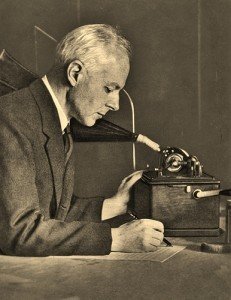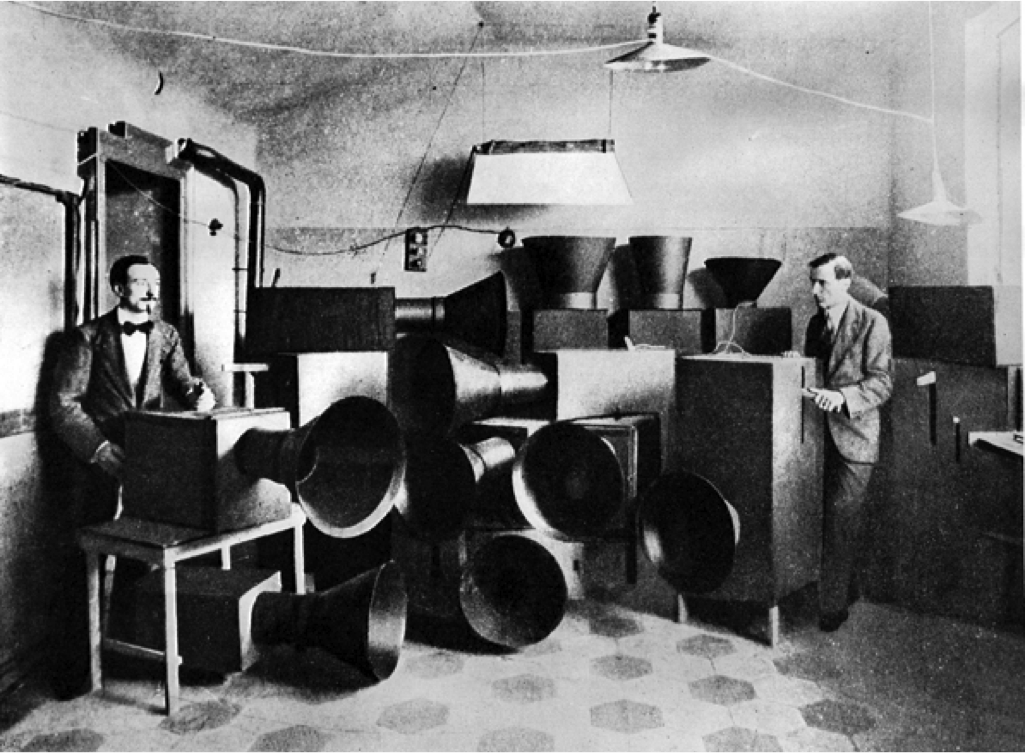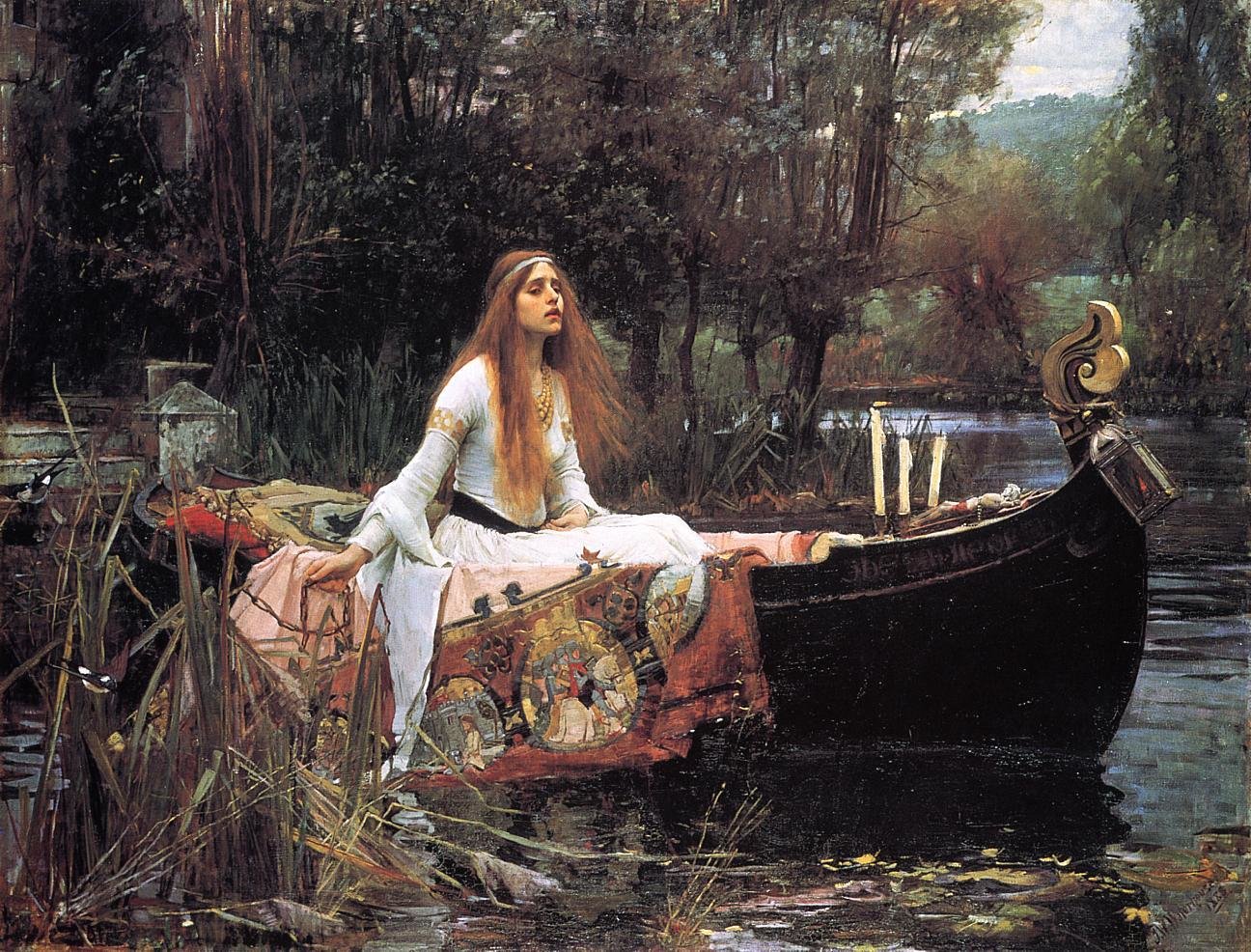
"The Lady of Shallot", John Waterhouse, 1888
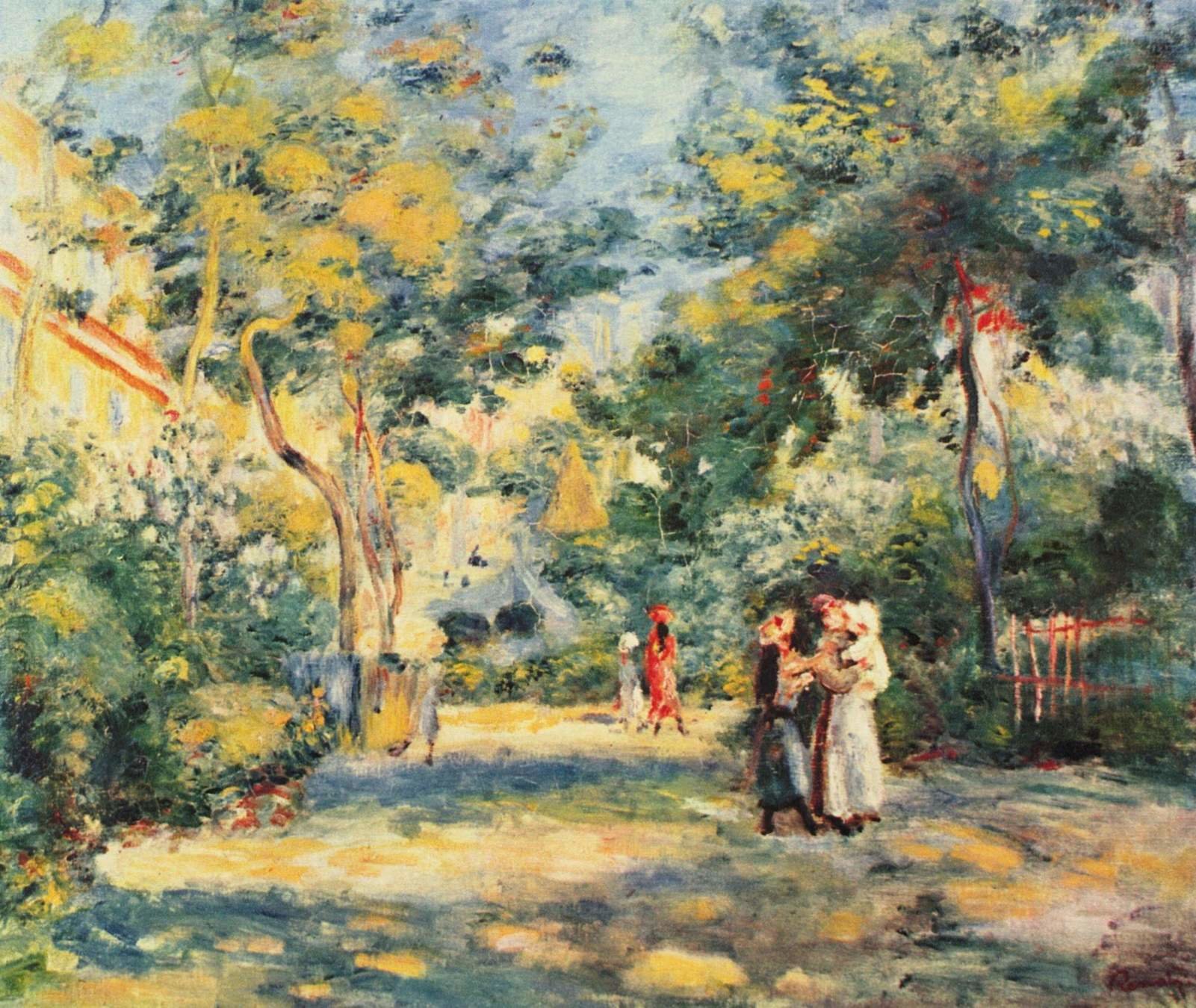
"Figures in a Garden", Pierre-Auguste Renoir, 1890
- Less focus on specific story, drama, depiction of events; more interest capturing a subjective 'glance' at a moment.
- Spread of photography: Rather than replacing painting, it encouraged artists to expand their expression and be free of the demand for realism.
- Blurred musical distinctions: Major vs. minor, melody vs. harmony, foreground vs. background
- Breaking traditional voice-leading rules using extended chords that have ambiguous harmony
Impressionism
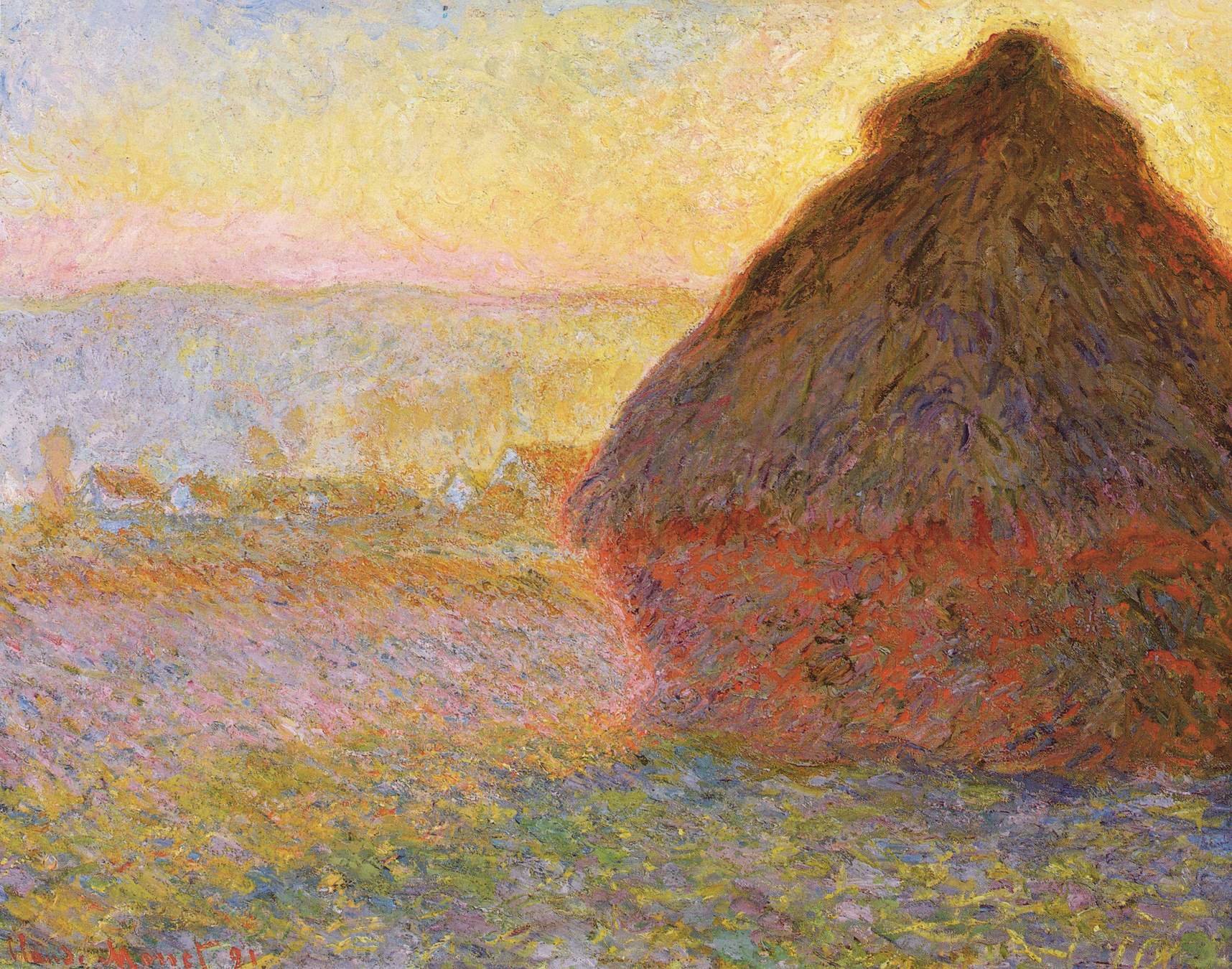
"Haystacks, Sunset", Claude Monet, 1891
Claude Debussy (1862-1918)

La Mer (The Sea)
...my memories [of the sea] are endless and, in my opinion, worth more than the real thing, which tends to pull down one's ideas too much.
We clung like a drowning man to a few fragments of the tonal wreck...there is more of a barnyard cackle in it than anything else. It is safe to say that few understood what they heard, and few heard anything they understood.
~ Review of La Mer
Influence from the non-Western world...
Béla Bartók (1881-1945)
with Zoltán Kodály
Folk Music as Inspiration
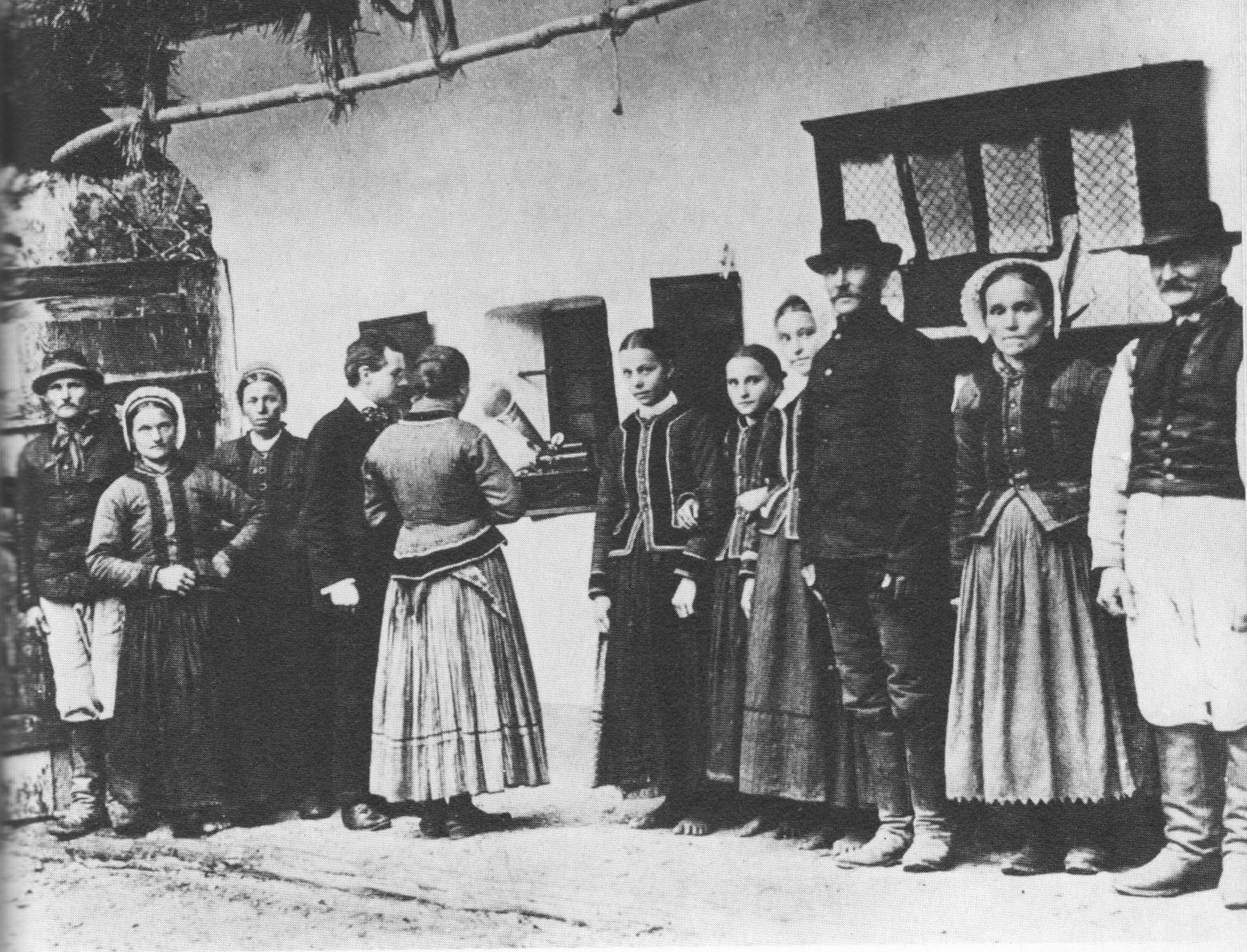
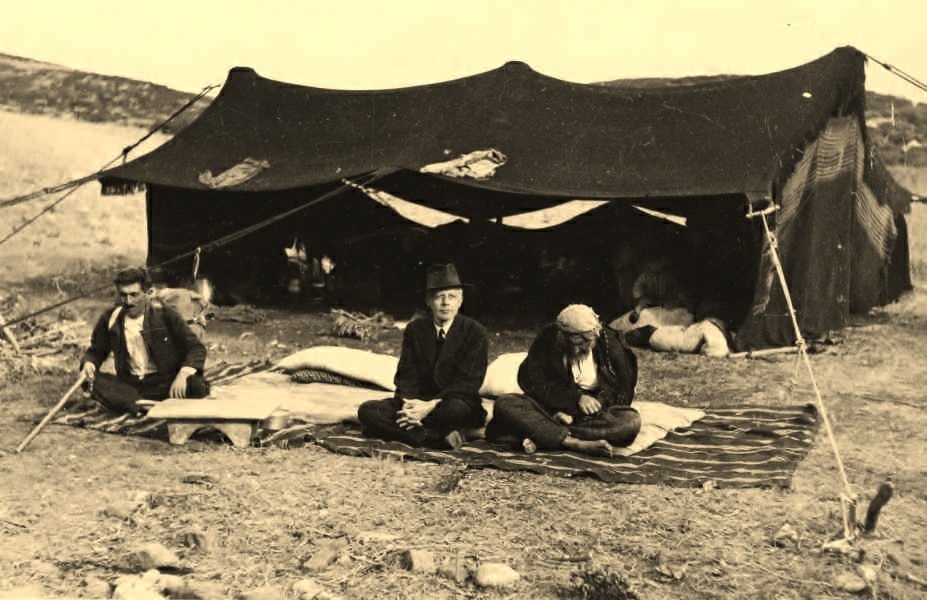
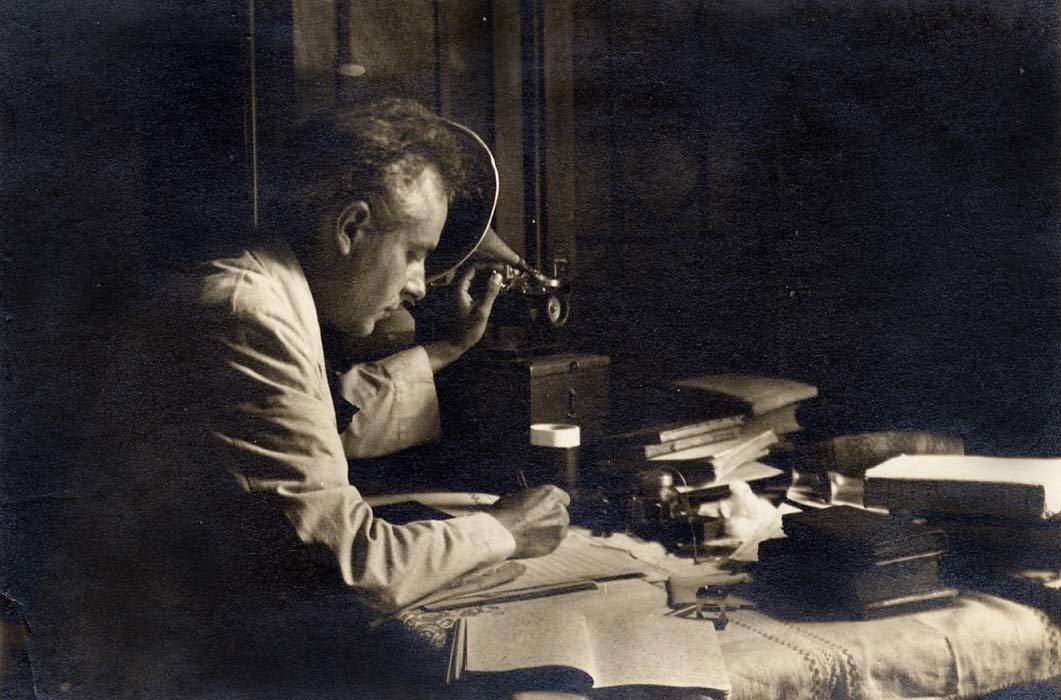
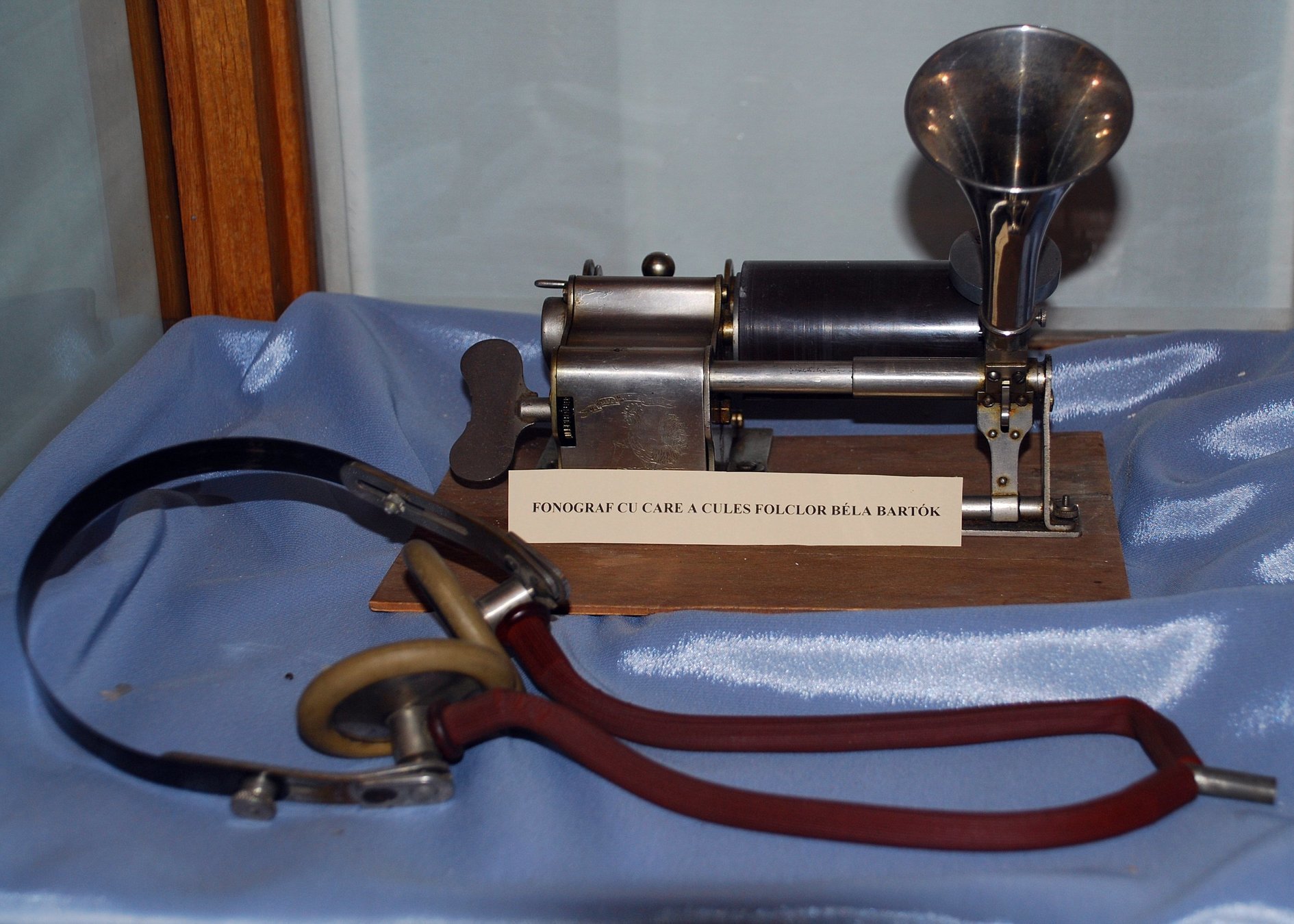
The archive of their folk song collecting...
Igor Stravinsky (1882-1971)

The Rite of Spring is a series of ballet episodes depicting a wild pagan spring ritual:
'...the wise elders are seated in a circle and are observing the dance before death of the girl whom they are offering as a sacrifice to the god of Spring in order to gain his benevolence,' says Stravinsky."
The Rite of Spring (1913)
(Le Sacre du Printemps)
Commissioned by Sergei Diaghilev for the Ballet Russes
Choreography by Vaslav Nijinsky
"Raymonda", Alexander Glazunov, 1909

It is key to see that compositional principles, like formal structure, orchestration, and tension & release still existed, just with non-Tonal techniques. What Haydn accomplished with tonal harmony, Stravinsky did with repetition and accents, and Debussy did with dynamics & texture (orchestration and arrangement).
Erik Satie (1886-1925)
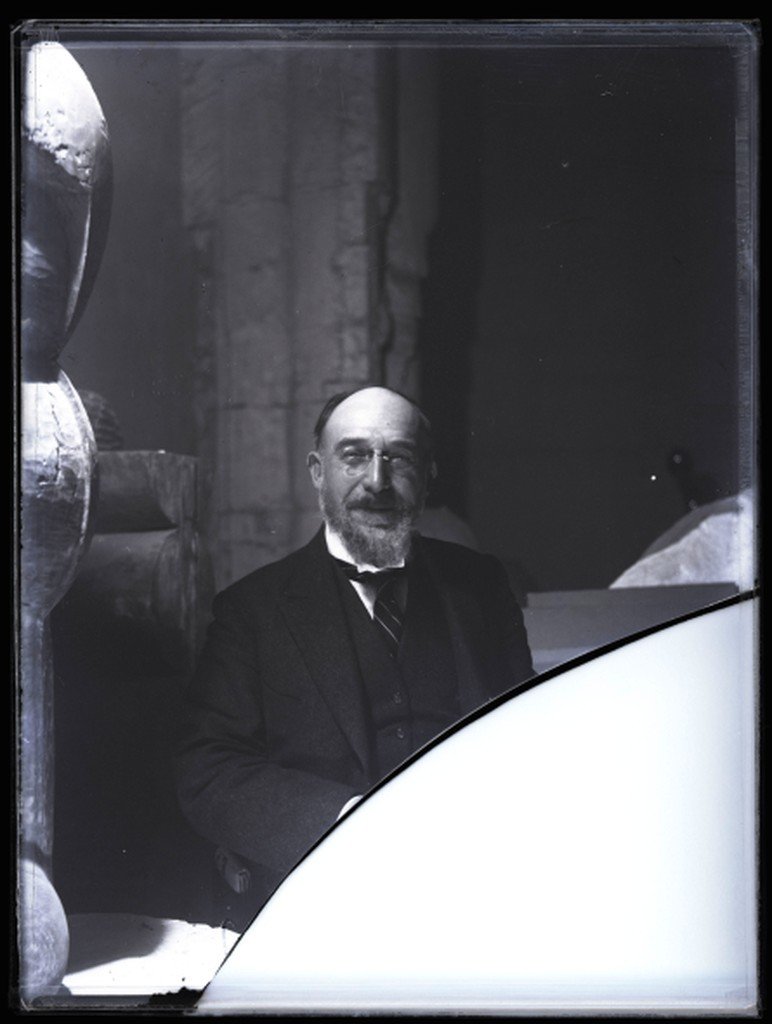
–Memoirs of an Amnesiac, Erik Satie (1912)
An artist must organize his life. Here is the exact timetable of my daily activities:
I rise at 7.18; am inspired from 10.23 to 11.47. I lunch at 12.11 and leave the table at 12.14. A healthy ride on horse-back round my domain follows from 1.19 pm to 2.53 pm. Another bout of inspiration from 3.12 to 4.07 pm. From 4.27 to 6.47 pm various occupations (fencing, reflection, immobility, visits, contemplation, dexterity, natation, etc.).
Dinner is served at 7.16 and finished at 7.20 pm. From 8.09 to 9.59 pm symphonic readings. I go to bed regularly at 10.37 pm. Once a week, I wake up with a start at 3.19 (Tuesdays).
My only nourishment consists of food that is white.
There is a need for music that would be a part of the surrounding noises and that would take them into account. I see it as melodious, as masking the clatter of knives and forks. It would fill up the awkward silences that occasionally descend on guests.
We want to establish a music designed to satisfy 'useful' needs. Art has no part in such needs. Furniture music creates a vibration; it has no other goal; it fills the same role as light and heat– as comfort in every form.
There is a need for music that would be a part of the surrounding noises and that would take them into account. I see it as melodious, as masking the clatter of knives and forks. It would fill up the awkward silences that occasionally descend on guests.
"Talk, keep on talking!
Whatever you do, don't listen!"
We want to establish a music designed to satisfy 'useful' needs. Art has no part in such needs. Furniture music creates a vibration; it has no other goal; it fills the same role as light and heat– as comfort in every form.
Erik Satie (1886-1925)
Furniture Music

FUTURISM
- A short, forward-thinking movement of artists in a variety of mediums
- Complete overthrow of all aspects of Western (Italian) culture
- Rejection of the past as irrelevant and obsolete
- Glorification of technology & urbanism
- A love of speed, noise, industry, war, machines of all types
We stand on the last promontory of the centuries!… Why should we look back, when what we want is to break down the mysterious doors of the Impossible? Time and Space died yesterday. Except in struggle, there is no more beauty. No work without an aggressive character can be a masterpiece. Poetry must be conceived as a violent attack on unknown forces...
F.T. Marinetti
The Futurist Manifesto (1909)
We will sing of great crowds excited by work, by pleasure, and by riot; we will sing of the multicolored, polyphonic tides of revolution in the modern capitals; we will sing of the vibrant nightly fervor of arsenals and shipyards blazing with violent electric moons; greedy railway stations that devour smoke-plumed serpents; factories hung on clouds by the crooked lines of their smoke; bridges that stride the rivers like giant gymnasts, flashing in the sun with a glitter of knives; adventurous steamers that sniff the horizon; deep-chested locomotives whose wheels paw the tracks like the hooves of enormous steel horses bridled by tubing; and the sleek flight of planes whose propellers chatter in the wind like banners and seem to cheer like an enthusiastic crowd.
Luigi Russolo (1885-1947)
The Art of Noises (1913)
This musical evolution is paralleled by the multipication of machines, which collaborate with man on every front...This evolution towards "noise sound" was not possible before now. The ear of an eighteenth-century man could never have endured this discordant intensity...
Let us cross a great modern capital with our ears more alert than our eyes, and we will get enjoyment from...creating mental orchestrations of the crashing down of slamming doors, the hubbub of crowds, the coming and going of pistons, the howl of mechanical saws, the jolting of a tram on its rails, the spinning wheels, printing works, electric power stations and underground railways.
Russolo's Six Families of Noise:
- Roars, Thunderings, Explosions, Hissing roars, Bangs, Booms
- Whistling, Hissing, Puffing
- Whispers, Murmurs, Mumbling, Muttering, Gurgling
- Screeching, Creaking, Rustling, Buzzing, Crackling, Scraping
- Noises obtained by beating on metals, woods, skins, stones
- Voices of animals and people, Shouts, Screams, Shrieks, Wails, Hoots, Howls, Death rattles, Sobs
Russolo's Selected Conclusions:
- The complex tonalities of noise can be achieved by creating instruments that replicate that complexity.
- The new orchestra will not evoke new and novel emotions by imitating the noises of life, but by finding new and unique combinations of timbres and rhythms in noise.
- The variety of noise is infinite, and as man creates new machines the number of noises he can differentiate between continues to grow.
Intonarumori (1914)
("Noise-Machines")
-
No more pasta, as it causes pessimism and lack of passion
-
Abolition of the knife and fork
-
Use of perfumes to enhance the tasting experience
-
Some food on the table would not be eaten, but only experienced by the eyes and nose
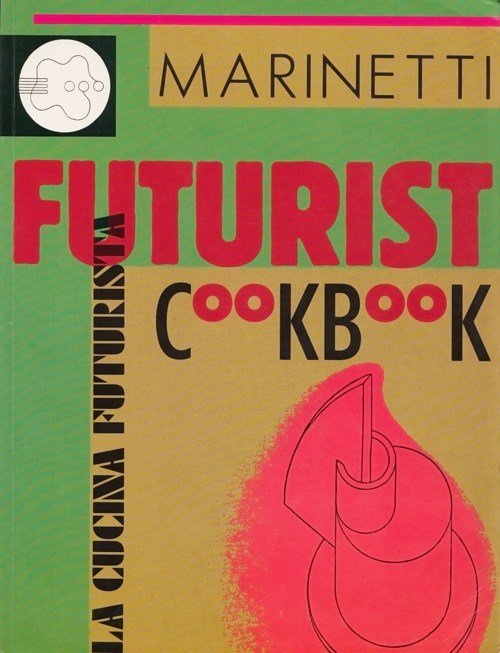
At the Futurist restaurant, The Tavern of the Holy Palate (1931)
The first course is a 'polyrhythmic salad,' which consists of a box containing a bowl of lettuce, dates and grapes. The box has a crank on the left side. Without using cutlery, the guests eat with their right hand while turning the crank with their left. This produces music to which the waiters dance until the course is finished.
Pajamas have been prepared for the dinner; each one covered with a different material such as sponge, cork, sandpaper, or felt. As the guests arrive, each puts on a pair of the pajamas. Once all have arrived and are dressed in pajamas, they are taken to an unlit, empty room. Without being able to see, each guest chooses a dinner partner according to their tactile impression. The guests then enter the dining room, which consists of tables for two, and discover the partner they have selected.
